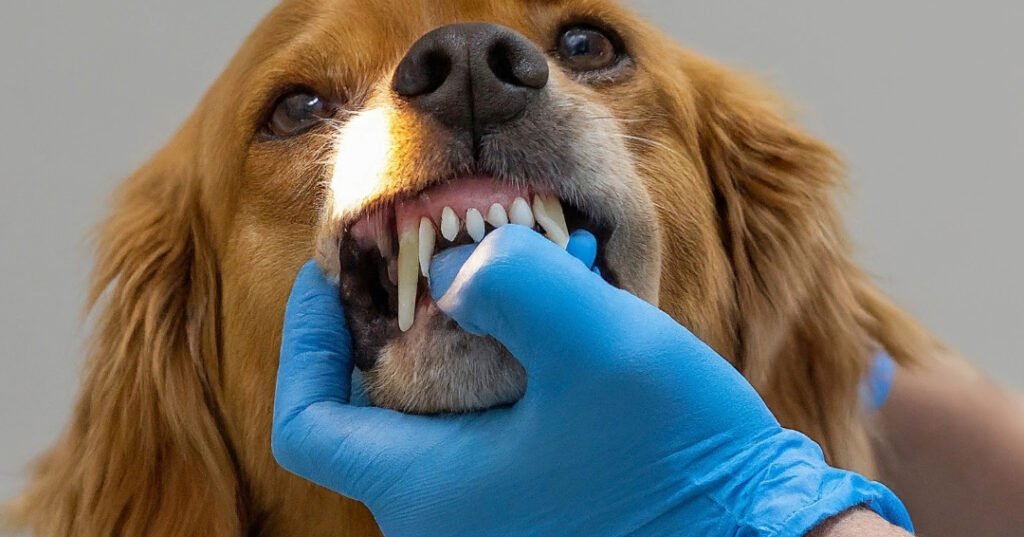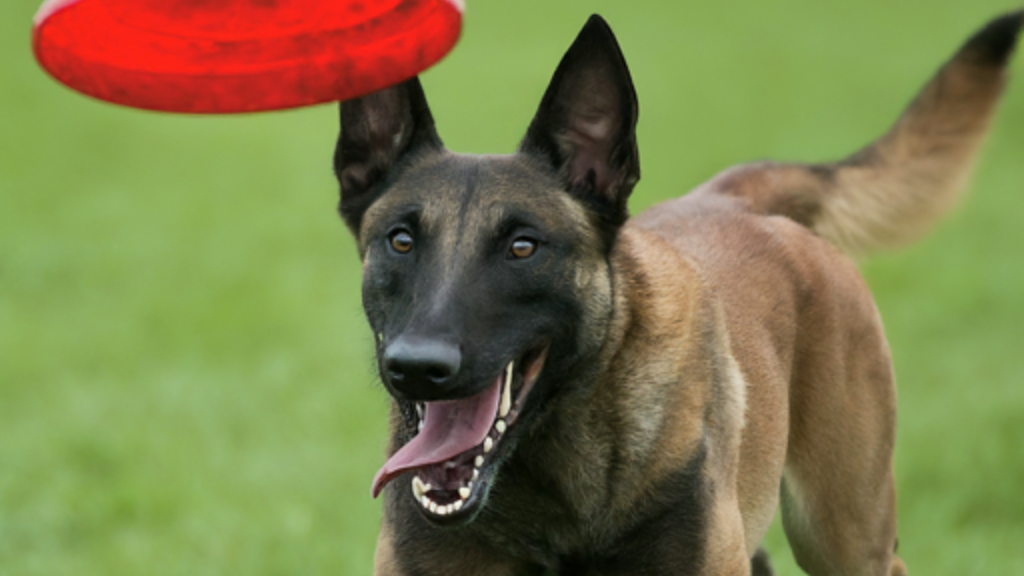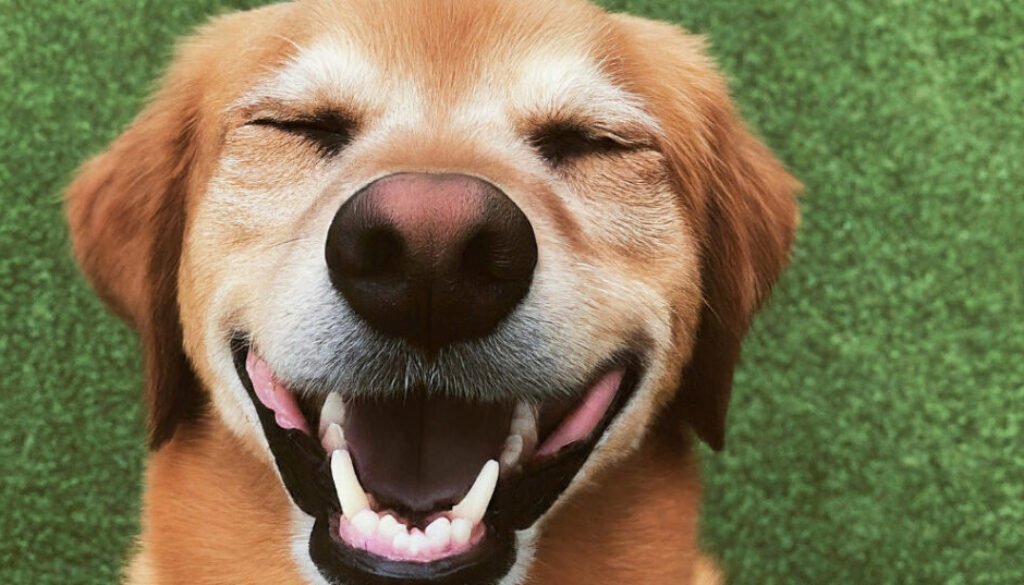Don’t Neglect Fido’s Fangs! Why Dog Teeth Maintenance Matters (A Deep Dive)
Ever gotten a big, sloppy kiss from your dog, only to be met with a wave of less-than-pleasant breath? We’ve all been there. While a little doggy breath might be a badge of honor for some devoted pet parents, chronic bad breath can actually be a sign of a serious underlying issue – dental disease. And trust us, no one (not even your dog) wants that!
The truth is alarming: according to the American Veterinary Dental College [(https://avdc.org/)] over 80% of dogs by age 3 will have some form of dental disease. This highlights the importance of prioritizing our furry friends’ oral health. Just like us humans, taking care of your dog’s teeth is crucial for their overall well-being. Neglecting their dental hygiene can lead to a cascade of problems, impacting not just their mouth but their entire body.
Understanding the Enemy: Dental Disease in Dogs
Before diving into prevention and treatment, let’s get familiar with the foe: dental disease in dogs. Similar to humans, dental disease in dogs is progressive, caused by plaque and tartar buildup on the teeth. Plaque is a sticky film composed of bacteria, food debris, and saliva. If left unchecked, plaque hardens into tartar, a mineralized deposit that clings stubbornly to the tooth surface.
This buildup creates a breeding ground for bacteria. These bacteria not only irritate the gums, causing inflammation (gingivitis), but can also release toxins that damage the supporting tissues of the tooth (periodontitis). As the disease progresses, it can lead to serious problems like:
- Pain and Discomfort: Imagine a constant toothache. That’s what your dog might be experiencing with dental disease. Inflamed gums and damaged teeth can cause significant pain, making it difficult for them to chew, eat, and play comfortably.
- Tooth Loss: Weakened supporting structures due to periodontal disease can cause teeth to loosen and eventually fall out.
- Bad Breath (Halitosis): Decaying food particles and bacterial overgrowth associated with dental disease contribute significantly to unpleasant doggy breath.
- Serious Health Problems: Dental disease isn’t just a local problem. Bacteria from infected gums can enter the bloodstream and travel to other organs, potentially leading to complications like heart, liver, and kidney disease.
The Ripple Effect of Neglect: Consequences of Poor Dental Hygiene
What happens if you neglect your dog’s dental health? The consequences can be far-reaching and significantly impact their quality of life.
- Reduced Appetite and Weight Loss: The pain and discomfort of dental disease can make eating a chore, leading to decreased appetite and potential weight loss. This can further weaken their immune system, making them more susceptible to other illnesses.
- Behavioral Changes: Chronic pain and discomfort can also impact your dog’s behavior in profound ways. They may become withdrawn, lethargic, or irritable. This can strain the bond between you and your furry companion.
- Increased Veterinary Bills: Treating advanced dental disease often requires professional intervention, including anesthesia and dental cleanings. Catching and addressing dental problems early saves money in the long run.
The Power of Prevention: Building a Healthy Dental Routine for Your Dog

Now that we’ve explored the dark side of dental neglect, let’s focus on the positive – prevention! The good news is there are a number of things you can do to keep your dog’s teeth healthy and prevent dental disease. Here are some key strategies to incorporate into your dog’s dental care routine:
- Brushing: Just like us, daily brushing is the gold standard for dog dental hygiene. It might seem strange at first, but with patience and positive reinforcement, most dogs can learn to tolerate (and even enjoy!) teeth brushing. Use a dog-specific toothbrush and toothpaste (human toothpaste contains ingredients harmful to dogs). Start by gently introducing the brush and toothpaste, gradually working your way up to brushing for 2-3 minutes daily. If your dog absolutely refuses brushing, alternative options like dental wipes, gels, or specially formulated chews exist. However, these shouldn’t replace brushing altogether.
- Dental Treats & Chews: These aren’t just yummy snacks; they can promote dental health by scraping away plaque and tartar buildup as your dog chews. Choose chews appropriate for your dog’s breed and chewing habits. For example, a small dog might choke on a large, hard chew toy. There are also dental chews infused with enzymes or ingredients specifically designed to combat plaque and tartar.
- Diet: Believe it or not, what your dog eats can impact their dental health. Opt for a high-quality dog food that promotes good oral health. Look for kibble with a crunchy texture, as this can help scrape away plaque as your dog chews. Consult your veterinarian for recommendations on the best diet for your dog’s specific needs and breed.
- Regular Veterinary Checkups: Scheduling regular veterinary checkups is crucial for maintaining your dog’s overall health, including their dental health. During these checkups, your veterinarian can examine your dog’s teeth for signs of dental disease and recommend appropriate treatment options if necessary.
Recognizing the Signs of Trouble: Early Detection is Key
The good news is that dental disease in dogs is preventable and treatable, especially if caught early. Being familiar with the signs of dental problems can help you identify potential issues before they escalate. Here are some key red flags to watch out for:
- Bad Breath (Halitosis): While some level of doggy breath is normal, a persistent, foul odor coming from your dog’s mouth can be a sign of dental disease.
- Red, Swollen, or Bleeding Gums: Healthy gums should be pink and firm. Redness, swelling, or bleeding gums are all signs of inflammation caused by plaque and tartar buildup.
- Difficulty Chewing or Eating: If your dog seems hesitant to chew their food or experiences difficulty eating, it could be due to pain in their mouth caused by dental disease.
- Pawing at the Mouth: Some dogs may paw at their mouth in an attempt to relieve discomfort caused by dental problems.
- Loose or Missing Teeth: Loose teeth or noticeable tooth loss are clear signs of advanced dental disease.
Don’t Wait Until It’s Too Late: Treatment Options for Dental Disease
If you suspect your dog might have dental disease, it’s crucial to seek veterinary attention promptly. Early intervention can help prevent the progression of the disease and minimize the need for more invasive treatments. Here’s what to expect:
- Veterinary Examination: Your veterinarian will perform a thorough oral examination to assess the extent of the dental disease. This might involve a dental cleaning under anesthesia to fully evaluate the teeth and remove plaque and tartar buildup.
- Antibiotics: In some cases, your veterinarian might prescribe antibiotics to treat any infections present in the mouth.
- Pain Medication: If your dog is experiencing pain due to dental disease, your veterinarian might prescribe pain medication to help them feel more comfortable.
- Dental Extractions: If the teeth are severely damaged or abscessed, tooth extraction might be necessary.
Beyond the Physical: The Emotional Impact of Dental Health
Taking care of your dog’s teeth isn’t just about preventing physical problems; it’s also about promoting their overall well-being. Chronic pain and discomfort caused by dental disease can have a significant impact on your dog’s emotional state. By alleviating pain and maintaining good oral health, you’re not just keeping their teeth healthy, you’re contributing to their happiness and overall quality of life.
Building a Bond Through Brushing: Tips and Tricks for Success
Brushing your dog’s teeth might seem like a daunting task, but with patience, positive reinforcement, and the right approach, it can become a bonding experience for both of you. Here are some tips to set you up for success:
- Start Early: Introduce your dog to teeth brushing as early as possible, ideally when they are still a puppy. Puppies are more adaptable and can be more easily trained to tolerate (and even enjoy!) teeth brushing.
- Positive Reinforcement is Key: Use positive reinforcement techniques like treats, praise, and petting to make teeth brushing a positive experience for your dog. Never force them or punish them if they resist at first.
- Find the Right Tools: Invest in a dog-specific toothbrush with a soft head and a toothpaste formulated for dogs. Human toothpaste contains ingredients that can be harmful to dogs.
- Take it Slow and Steady: Start by gently introducing the toothbrush and toothpaste to your dog, letting them lick and get comfortable with the taste. Gradually work your way up to brushing their teeth for 2-3 minutes daily.
- Make it a Routine: Integrate teeth brushing into your dog’s daily routine, ideally after a meal or playtime when they are more relaxed and receptive.
- Be Patient and Consistent: It may take some time and practice for your dog to become accustomed to teeth brushing. Be patient, consistent, and positive, and eventually, it can become a regular part of your dog’s care routine.
Beyond the Basics: Additional Considerations for Different Dog Breeds
While the general principles of dog dental care apply to all breeds, there are some specific considerations to keep in mind for different types of dogs:
- Small Breeds: Small dogs are more prone to dental problems due to overcrowding of teeth. They might require more frequent brushing and professional cleanings.
- Large Breeds: Large dogs might have different chewing habits and require different types of chews to promote dental health.
- Flat-Faced Breeds: Breeds like Pugs and Bulldogs often have unique dental anatomy that might require special attention from a veterinarian.
A Tailored Approach: Working with Your Veterinarian for Optimal Oral Health
Your veterinarian is your partner in maintaining your dog’s overall health, including their dental health. Schedule regular checkups and discuss your dog’s individual needs with your vet. They can recommend the appropriate dental care routine based on your dog’s breed, age, and overall health. They can also perform professional cleanings and address any dental problems that might arise.
A Healthy Smile for a Happy Life

Taking care of your dog’s teeth isn’t just about preventing bad breath (although that’s a plus!). It’s about ensuring your furry friend has a healthy mouth, free from pain and discomfort. By prioritizing dental care and incorporating the strategies outlined in this blog post, you can help your dog maintain a healthy smile and enjoy a long, happy life with you.

